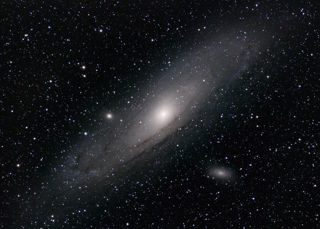
NWA 10823 Lunar Meteorite
NWA 10823 Lunar Meteorite
Lunar meteorites are created by asteroids or comets colliding with the Moon. Such impacts can throw up material at such speed that it escapes the Moon’s gravitational pull. The material must travel at least 1.48 miles per second for this to happen. The ejected rocks can spend anything from a few years to several million years in space, depending on how they interact with the gravitational pull of the Earth and the Sun. Some eventually strike the Earth as meteorites.Once excavated by impact from their parent bodies, the rocks are exposed to cosmic-rays, which cause nuclear reactions that can change one isotope into another. When the meteorites hit the Earth this process stops, because our atmosphere blocks out cosmic rays. Scientists can study the quantity of new isotopes present in the meteorite to determine how long the rock was exposed to the harsh environment of space before colliding with our planet.
When lunar meteorites are sliced, like our sample, it is hard to distinguish them from certain rocks on Earth just by looking. Only a dark fusion crust on whole stones, created by the fiery journey through Earth’s atmosphere, betray an extra-terrestrial origin. However, the combination of their chemical composition, isotope ratios, and mineralogy, are different to any rock formed on Earth. They are also different to any other type of meteorite. Moon rocks collected during the Apollo missions are the only match, allowing us to confirm that this type of meteorite originally came from the Moon.
NWA 10823 was found in the Sahara Desert and classified as lunar feldspathic breccia. The Moon’s crust is made mostly of feldspar: a group of aluminium and silicate based minerals. Over billions of years, the Moon experienced intense bombardment from meteorites and asteroids. This caused the rocks of the lunar crust to be repeatedly broken up and reformed by impacts. Therefore, most lunar meteorites are rocks made up of pieces of other rocks (clasts) in a matrix of finer-grained rock fragments, glass, or crystallised melt. Rocks of this type are known as breccia. We can see this in our slice of NWA 10823; white feldspar clasts are set in a dark grey matrix.
All images:
-
![NWA 10823 Lunar meteorite sample. Small angular clasts can be seen suspended in a matrix of finer grained rock fragments]()
NWA 10823 Lunar meteorite sample. Small angular clasts can be seen suspended in a matrix of finer grained rock fragments -
![This photograph taken on the Apollo 10 mission, reveals the heavily cratered surface of the Moon. It highlights the Moon's history of being bombarded by impacts, many of which could throw material out into space - Credit: NASA]()
This photograph taken on the Apollo 10 mission, reveals the heavily cratered surface of the Moon. It highlights the Moon's history of being bombarded by impacts, many of which could throw material out into space - Credit: NASA
More information
Object number
H2016-37
Location
Handling Collection
Has this object been into space?
Yes
Dimension - Dimension, Value, Measurement unit
Weight: 7.848g
Length: 60mm
Width: 50mm
Height: 2mm
Material
Breccia
Pyroxene
Olivine
Plagioclase Feldspar
Materials & techniques note
Lunar meteorite - feldspathic breccia
Associated Place
The Moon
Sahara Desert
On Display Status
Handling collection
Copyright and Photos
Photography is shared via the license below.
However, some objects on this website are on loan to the National Space Centre and are being shared through the permission of their owners.
Commercial use of images from this website is not allowed without additional permissions being granted. To request permission to use images for purposes not covered in the license below, please contact [email protected]
Individual objects on loan to the National Space Centre may have additional copyright permissions, so advice should always be sought before use.
![]()
This work is licensed under a Creative Commons Attribution-NonCommercial 4.0 International License.



